To what extent are student protests disruptive?
Protests are an essential tool of making our opinions known, but we must also consider its impact on schools.
“FCPS respects the rights of our students to engage in peaceful protest and express their opinions through speech and other ways as long as it…does not disrupt learning in the school.” A statement made by FCPS in 2018, provided to schools prior to student demonstrated walkouts. However, it should be considered as to what exactly “disrupts learning in school.”
Many right-wing supporters have voiced that student-led movements during the school day are disruptive by nature. As stated in a Washington Post article published in 2019, “self-identified conservatives throughout the country argue students belong in school, not in the streets protesting.” A major target of this criticism was FCPS’ policy that allowed students to have “civic engagement days.” The broadness of the term “civic engagement” was the basis of their argument, claiming it made the policy seem like an unorganized initiative where students are not using their time productively.
I believe that student-led movements are not inherently disruptive. Much of the self-identified conservatives’ criticism could be attributed to the fact that student protests are usually in support of liberal causes. As a result, and so they don’t want liberal agendas and voices being heard.
I believe the words of the FCPS policy itself can be praised for determining if a protest is disruptive. “Peaceful” protest can be a qualification to an extent so that students do not verbally or physically abuse other students. Additionally, “expressing [student] opinions through speech” is important to ensure that there are no physical expressions of opinion or anger.
To dispel the belief that all student movements are disruptive, it would be important for policies to provide examples of conservative civic engagement activities. However, specific movements can be disruptive if they become violent.

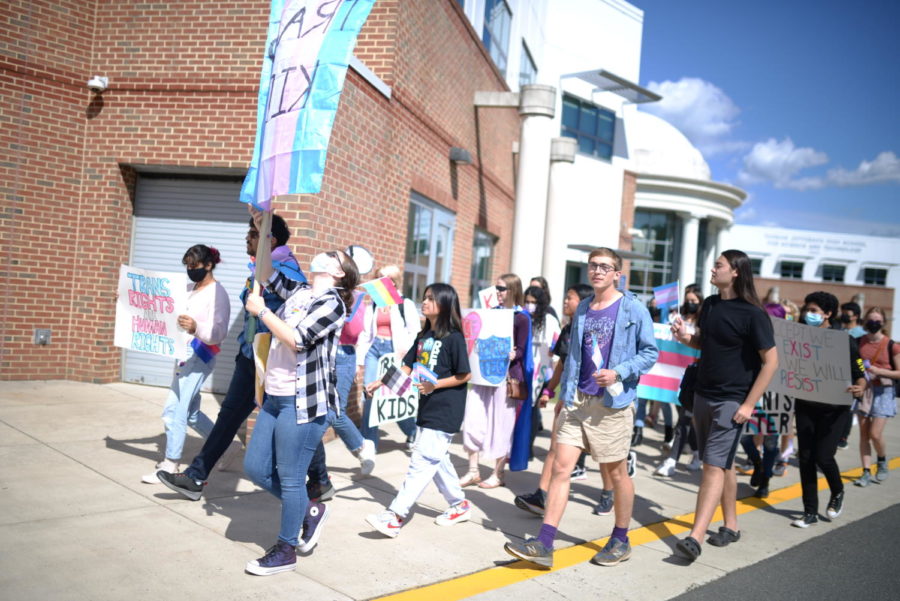

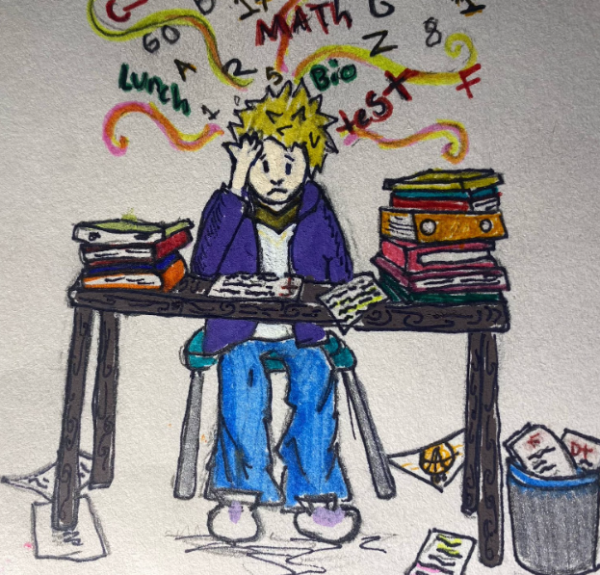

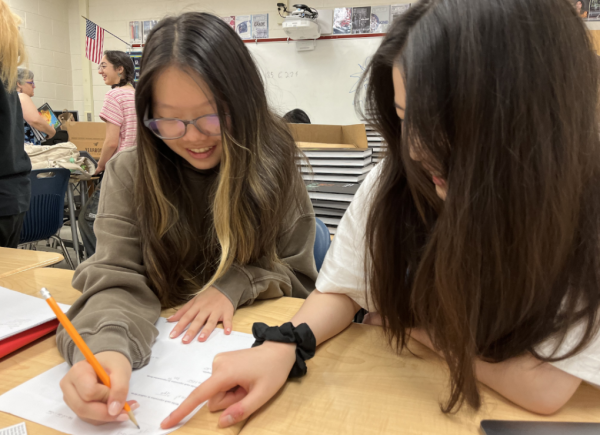

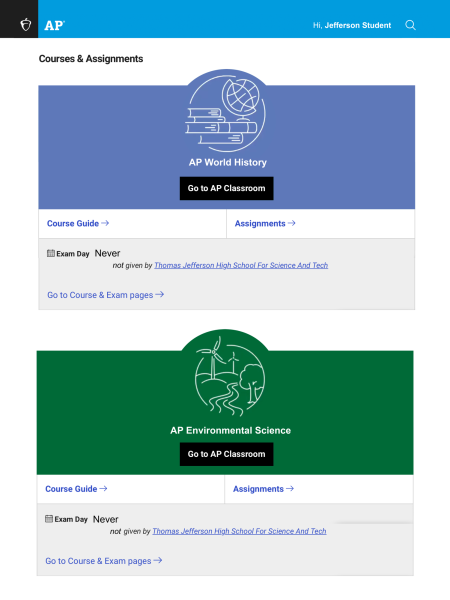
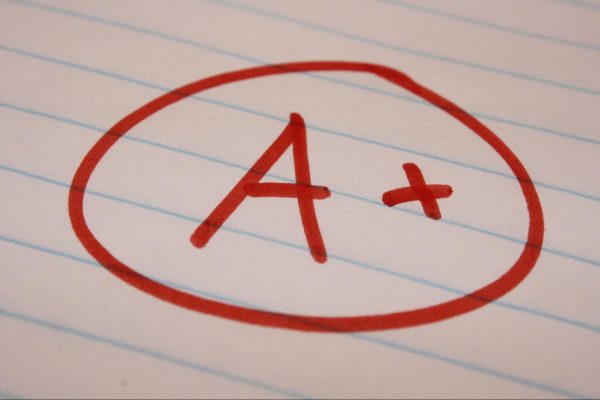
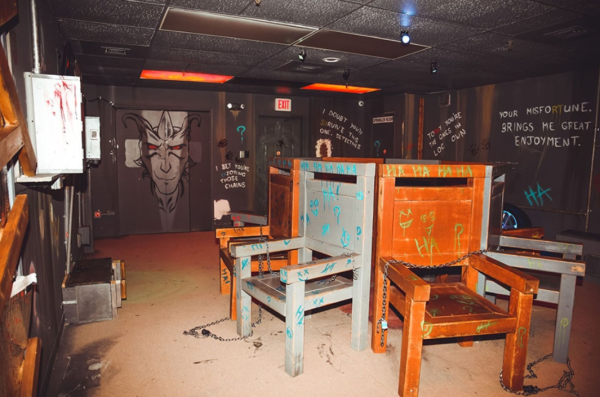
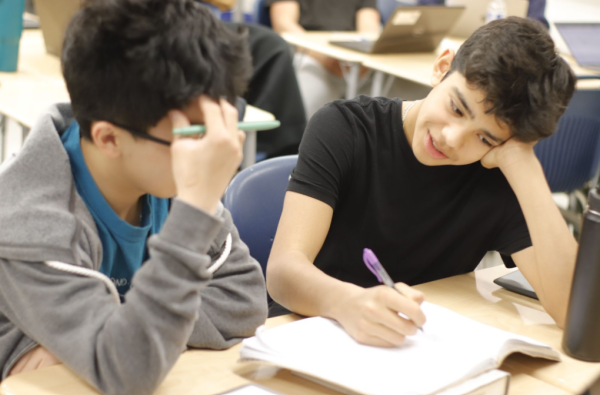
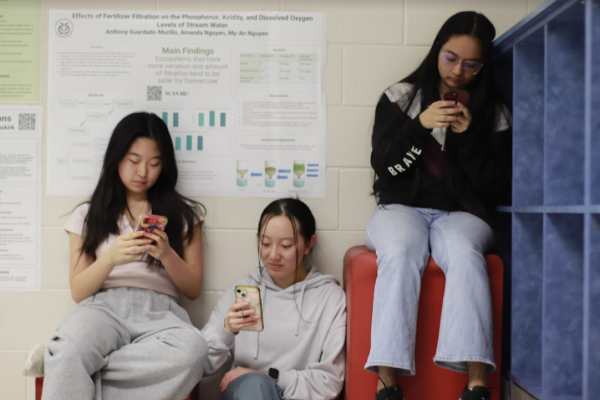
Name (required) • Dec 2, 2022 at 9:56 am
great work aarya